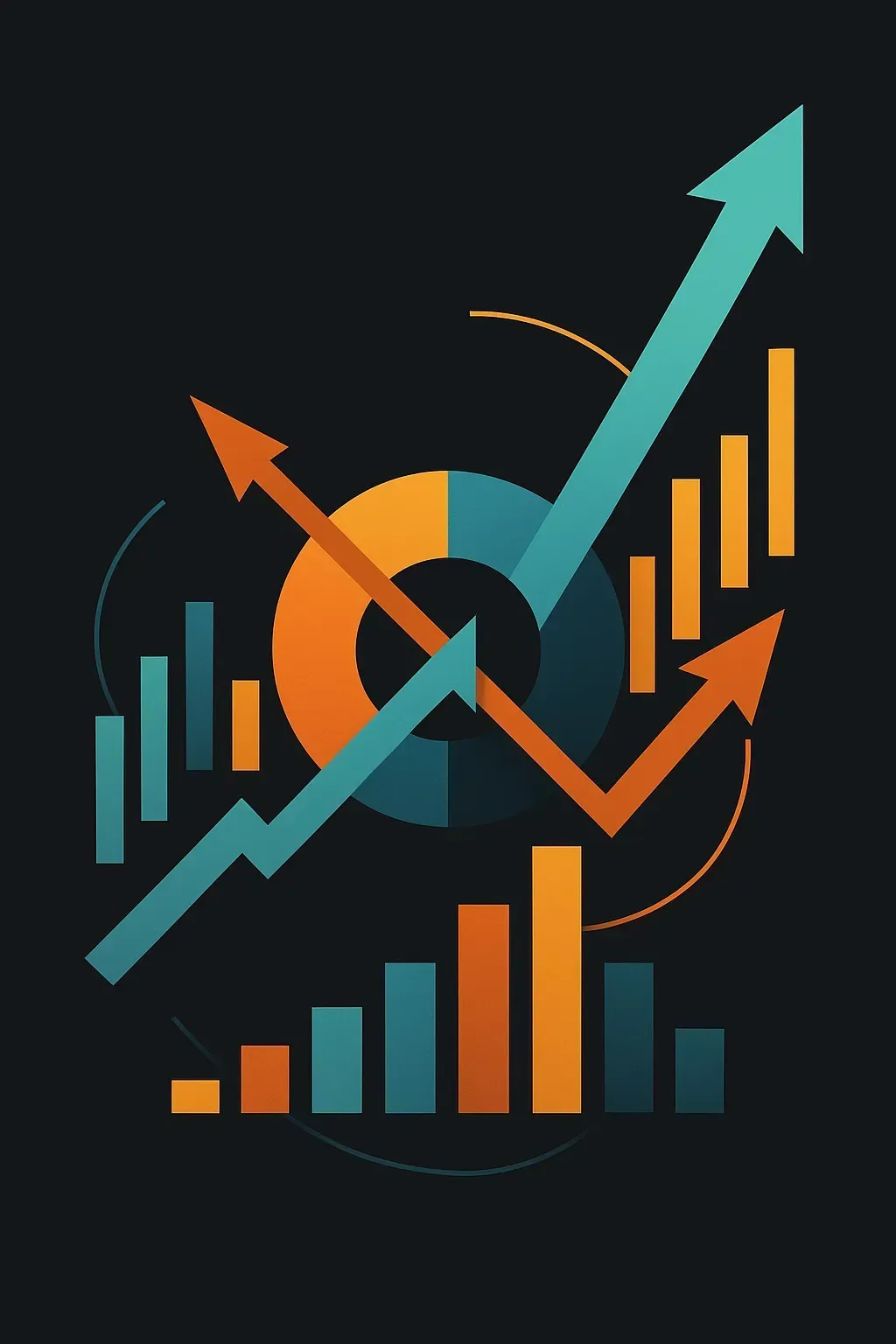
Risk Management & Forecasting
Managing financial risk involves identifying potential losses, measuring their likelihood and severity, and taking steps to mitigate them. Traditional risk metrics like value at risk (VaR) and expected shortfall estimate possible portfolio losses under normal market conditions. AI augments these measures by detecting subtle patterns and tail risks hidden in high‑dimensional data. By analysing historical returns, macroeconomic indicators and market microstructure, machine learning models can forecast risk metrics more adaptively than static approaches, capturing changing correlations and regime shifts.
Statistical models underpin many risk forecasts. GARCH models estimate time‑varying volatility, while copula‑based methods capture dependencies between assets. Machine learning brings additional power: regression techniques predict continuous risk measures; classification models flag periods of elevated stress; clustering uncovers structural breaks in market behaviour. Neural networks can model complex non‑linear relationships and interactions, learning directly from raw price series. Ensemble models combine predictions from different algorithms to improve robustness. Importantly, risk models must be regularly calibrated and validated to ensure they remain accurate as markets evolve.
Beyond market risk, AI helps assess credit risk by analysing borrower characteristics and payment histories; operational risk by monitoring transaction patterns for anomalies; and systemic risk by modelling interconnectedness among institutions. Predictive analytics support scenario analysis and stress testing, where models simulate portfolio performance under hypothetical shocks. These tools inform decisions on asset allocation, leverage, hedging and regulatory capital. Real‑time risk dashboards visualise key metrics and alerts, enabling risk managers to act swiftly when forecasts signal trouble.
While AI can enhance risk management, it cannot eliminate uncertainty. Forecasts are inherently probabilistic and subject to model risk—the possibility that the model is misspecified or built on flawed assumptions. Overreliance on automated outputs may lead to complacency. The 2008 financial crisis highlighted the dangers of underestimating extreme events. Responsible risk management therefore combines quantitative models with expert judgement, scenario planning and diversification. Transparency, regulatory oversight and accountability ensure that AI‑driven forecasting serves to stabilise rather than destabilise the financial system.
Back to articles